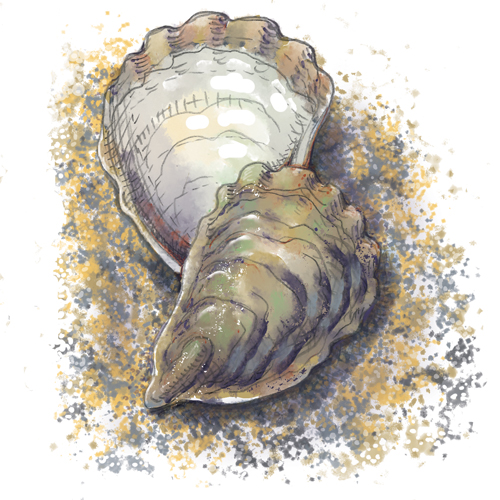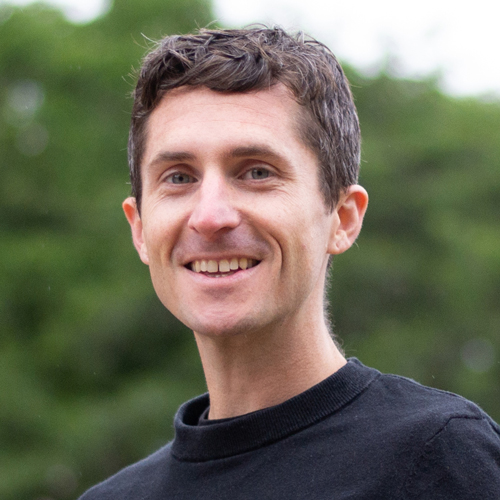STEM
March 17, 2025

Hard science, soft skills
A new endowed faculty fellowship at UW Bothell empowers astrophysics professor Joey Shapiro Key to make STEM topics more appealing and accessible.
March 11, 2025

Aquarist extraordinaire
Now a supervisor of birds and mammals with the Seattle Aquarium, Aubrey Theiss took an unconventional path to her dream career.
January 30, 2025

True alchemy
UW Bioengineering grad Amanda Woodcock designs funky and functional glass and ceramics.
January 21, 2025

John Jaech, 1929–2025
A legend in the world of nuclear materials safety, John Jaech was also a sports fan and watercolor enthusiast.
December 9, 2024

Pure genius
One is developing technology to help intimate-violence survivors, the other investigates microbial lifeforms. Both are geniuses.
December 6, 2024

"Kind of a crazy idea"
David Baker, the UW's latest Nobel Prize winner, revolutionized protein design.
July 24, 2024

Tech for all, all for tech
Emily Lago Anderson is bridging the tech gap by empowering tomorrow's STEM leaders.
June 10, 2024

Educational opportunities for all
Meet Emily Yim, a trailblazer in education who is shaping futures and bridging gaps in access and exposure.
February 24, 2024

Clean energy urgency
The UW’s Clean Energy Institute is speeding the development of next-generation technology and supporting the experts who will create it.
October 24, 2023

In pursuit of tech equity
While researching technology, equity and innovation, Ph.D. candidate Jay Cunningham makes time to help steward the University as a UW regent.
September 2, 2023

Astronomical data
A tool developed by the UW’s Institute for Data Intensive Research in Astrophysics & Cosmology will help manage massive amounts of data.
June 9, 2023

Blast off
Watch a video of a recent rocket launch in White Swan, WA with the Washington Space Grant team and Yakama Nation tribal members.
May 29, 2023

Coastal meets celestial
While some universities boast of their land grants, the UW is where you’ll find cutting-edge research and education on sea and space.
May 28, 2023

Seeps from the deep
A recent UW-led study exploring the seafloor about 50 miles off Newport, Oregon, discovered seeps of warm, chemically distinct liquid shooting up.
January 3, 2023

So long, 747
Boeing rolls out the final 747 – once known as the Queen of the Skies – and the end of an era is upon us for a plane designed by a famous alum.
November 27, 2022

Driving innovation
The UW team earned the EcoCAR Collaboration Award at last spring's Mobility Challenge.

Genius at work
The MacArthur Foundation honors Yejin Choi, a professor who teaches human language to computers.
May 29, 2022
Finishing the sequence
UW researchers are contributors to the groundbreaking work of the Human Genome Project.
March 5, 2022

Tech can be tricky
A pilot project will establish a public-interest technology clinic to serve local community organizations and governments.
December 4, 2021

Unleashing dogs’ power
The UW’s Conservation Canines calls on dogs’ noses to find answers to pressing environmental questions.